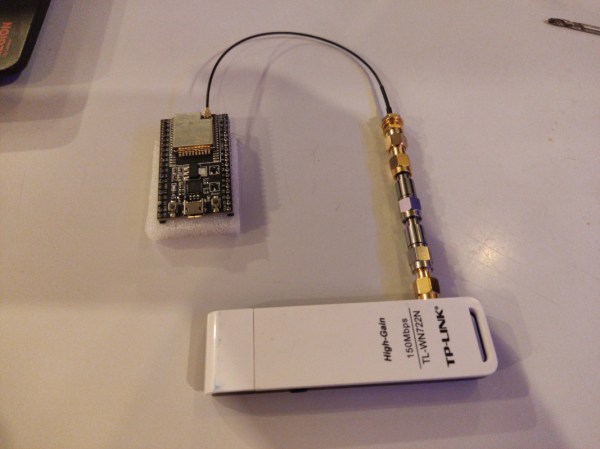This week, Editor-in-Chief Elliot Williams and Kristina Panos met up to discuss the best hacks of the previous week. We have no nerdy news this week, but is that necessarily a bad thing?
Speaking of nothingness, we have no winner for What’s That Sound because all six people who responded were wrong. Was the sound of Clippy too obscure?
But then it’s on to the hacks, beginning with an awesome autonomous excavator that, among other things, lays boulders algorithmically to build load-bearing walls without any mortar or cement. From there, it’s old school meets new school in the form of a laser-cut fox-wedged mortise and tenon joint. We take a look at a couple of simple cameras, making dry ice from seashells, and a really tiny POV display where everything spins. Finally, we talk about how small that proposed Italian lunar outpost is, and discuss whether rating airlines would help stop the spread of diseases.
Check out the links below if you want to follow along, and as always, tell us what you think about this episode in the comments!



















